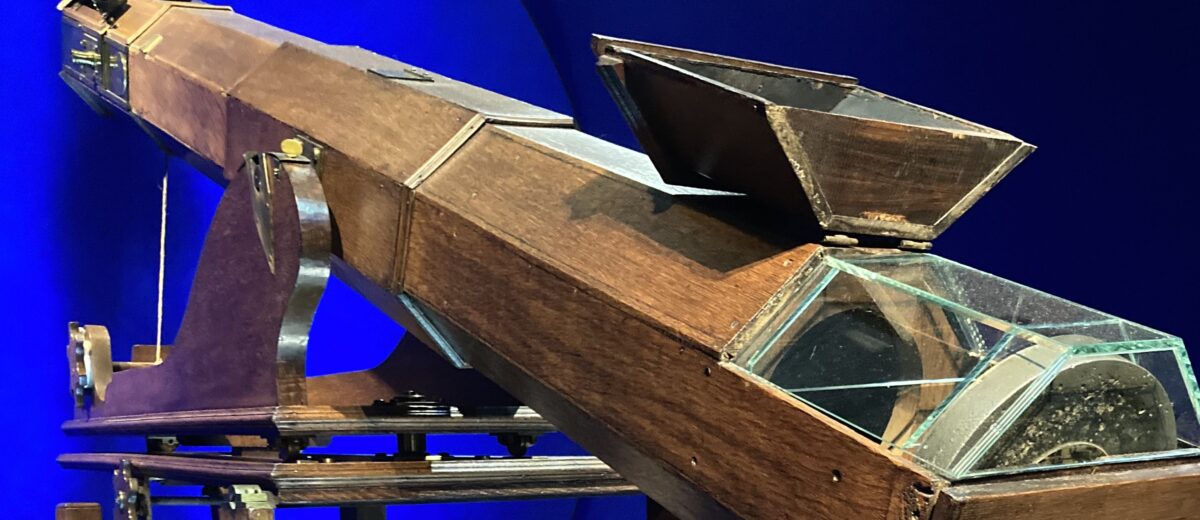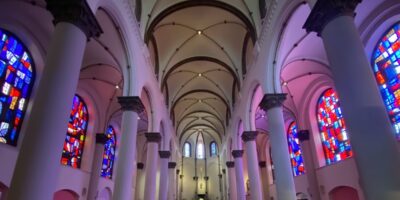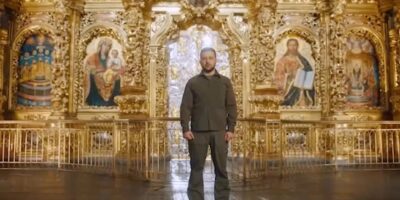The stubborn myth that science and faith are diametrically opposed gets knocked about in the current exhibition on ‘the creation of science’ in the Catherijne Convent Museum I visited in Utrecht this week.
Early scientific instruments, first editions of breakthough publications and arresting art illustrate the essential midwife role of the Christian faith in the evolution of modern science over the past five hundred years.
A large wooden mirror telescope designed by Isaac Newton (above) is the first exhibit you encounter as you step inside the exhibition hall of the museum, housed in a centuries-old former cloister. Newton used this sort of telescope to explore outer space and to confirm his theories about gravity, mechanics and planetary motion.
Universally acknowledged as a founding father of the modern scientific revolution, Newton himself personified the partnership of faith and science. Somewhat embarrassing for secular scientists today is his largely unknown or ignored obsession with theology. For his prodigious output of scientific writings was surpassed by his writings on theology. Newton’s faith spurred on his exploration of God’s book of works, alongside his book of words, discovering the wonders of the Creator’s mind in the mathematical precision and predictability of the universe. He saw his discoveries as answers to prayer.
On the wall opposite Newton’s telescope hangs a seemingly unrelated painting, on loan from the Rijksmuseum, by Hendrik ter Brugghen, Rembrandt’s contemporary. It depicts doubting Thomas probing the wound in the side of the risen Christ. What is the relationship between seeing and believing, doubt and faith, science and religion? the painting asks.
Outer and inner space
The visitor is invited to observe how through the centuries, faith and science have walked hand in hand to explore God’s creation in awe and wonder at the unfathomable riches of the outer space of the universe, the inner space of the human body, our natural surroundings and the treasure trove of the planet under our feet. Increased knowledge about our world and universe has increased our awareness of the awesomeness of God’s creation …and of how much we still do not know.
The first edition of Copernicus’ groundbreaking publication De Revolutionibus Orbium Coelestium (1543) shows a diagramme challenging the ancient Greek idea that the cosmos was centred on our planet Earth. A century later, Galileo published his discoveries confirming Copernicus, for which he was kept under house arrest. On display was his last book (the Latin title translates as Dialogues Concerning Two New Sciences) published in 1638 in Leiden in the Dutch Republic, due to opposition by the Catholic Church in Italy.
From heavenly bodies ‘out there’ to the profusion of natural life, researchers were spurred on by Reformers like Luther to study both books, the Bible and nature, to get closer to God. The seventeenth century saw many important breakthroughs by Newton and his contemporaries. The Dutch microscope pioneer, Jan Swammerdam, saw the magnificence of God displayed even in the despised and lowly louse. In each of these creatures, ‘wonder was stacked upon wonder’ to demonstrate the wisdom of God, marvelled Swammerdam. To a friend he wrote: ‘I present to you the almighty finger of God in the anatomy of a louse’.
Those words were inscribed 60 years later on a microscope made by Gerrit Cramer of Groningen, also on display, expressing the symbiosis between faith and science. The microscope introduced a growing audience of believers to the wonders of God’s creation – from insects to crystal snowflakes and microstructures in plants. Swammerdam’s Magnus Opus, including fifty three detailed illustrations, was published posthumously under the title, Bybel der Natuure (The Bible of Nature).
Questions
As scientific knowledge increased, questions surfaced about how literally to read biblical accounts of creation, or of Noah’s ark, or of Joshua’s command to the sun to stand still. The French philosopher René Descartes, who spent most of his adult life in the Dutch Republic, introduced a more mechanistic view of the world. A generation later Baruch Spinoza proposed a more pantheistic conception of creation. Neither were atheists, yet both challenged old certainties. While many clung to literal interpretations of biblical accounts, others embraced Augustine’s fourth century perspective that God tailored his explanations according to his audience. Interpreting Augustine in today’s language, the Bible was not to be read as a scientific textbook within our contemporary thinking.
The notebook of a Belgian priest Georges Lemaître caught my attention in the closing stage of the exhibition: personal notes from a spiritual retreat merged into pencil scribblings of mathematical formulae within the same covers. To my surprise, I learned that this cleric-mathematician was the author of the Big Bang Theory, explaining the origin of the universe.
Scientists who had scoffed at the idea of a Creator God had postulated that the universe had always existed. Today the Big Bang Theory is widely accepted. Something came out of nothing. Isn’t that how the Bible begins?
Could the scientific revolution have ever happened without the catalytic impulse of the Christian faith? After all, science, like Christianity, involves searching for truth.
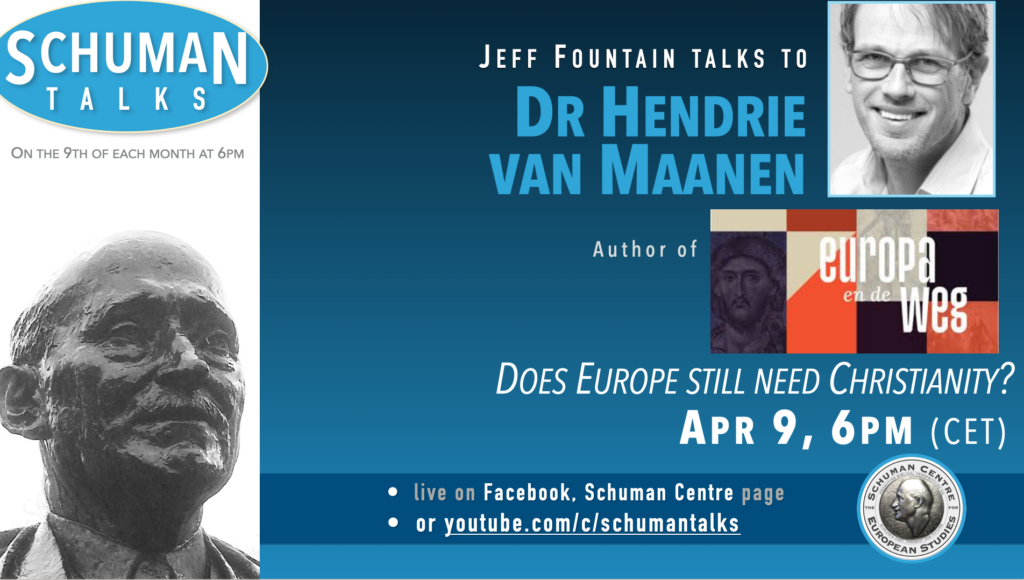
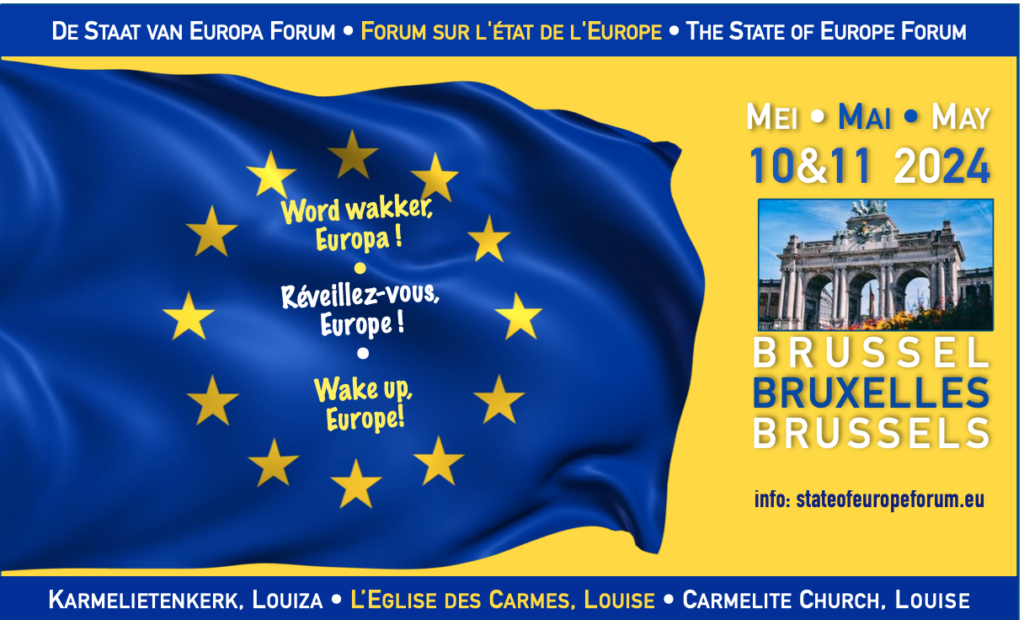
Till next week,

